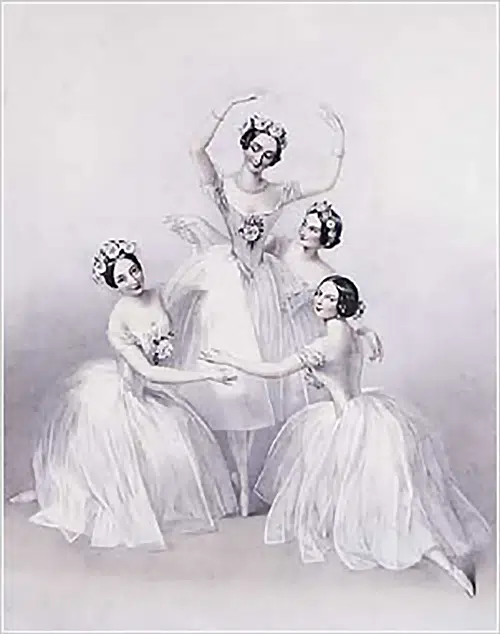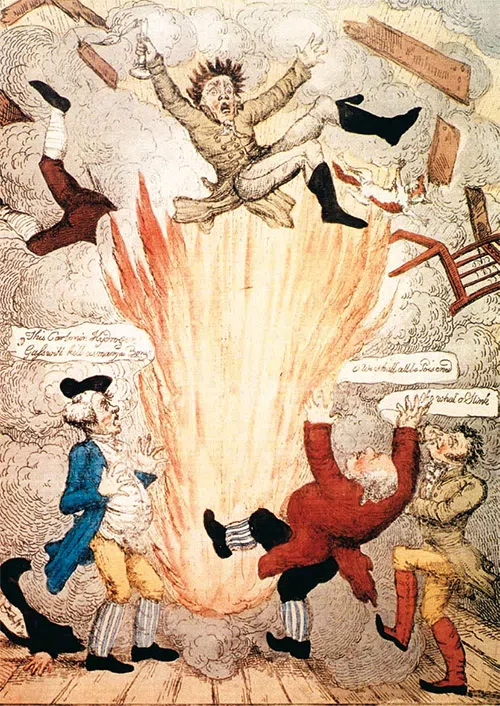
Burning Ballet Dancers Of The 19th Century: Tragic Tale Or Sinister Conspiracy?
Featured in Ripley's Believe It or Not!

The Burning Ballet
Ballet dancers are often considered to suffer more for their art than any other individuals of artistic practice. However, in the mid to late 1800s, there was an even more dangerous side to being a ballerina: the gas lamps that lined the stage could catch the filmy skirt of a tutu and set the dancer up in flames!


 The term was actually used to describe the deaths of multiple dancers who were met with tragic accidents on the stage. Perhaps the most famous dancer who lost her life this way was Emma Livry, who was rehearsing La muette de Portici in Paris and fluffed her skirt near a gas lamp, causing her to catch fire. She died over a year later from complications of the burns she sustained. Some dancers were lucky enough to simply experience small burns and return to dancing afterward, but others were not so lucky.
The term was actually used to describe the deaths of multiple dancers who were met with tragic accidents on the stage. Perhaps the most famous dancer who lost her life this way was Emma Livry, who was rehearsing La muette de Portici in Paris and fluffed her skirt near a gas lamp, causing her to catch fire. She died over a year later from complications of the burns she sustained. Some dancers were lucky enough to simply experience small burns and return to dancing afterward, but others were not so lucky.

